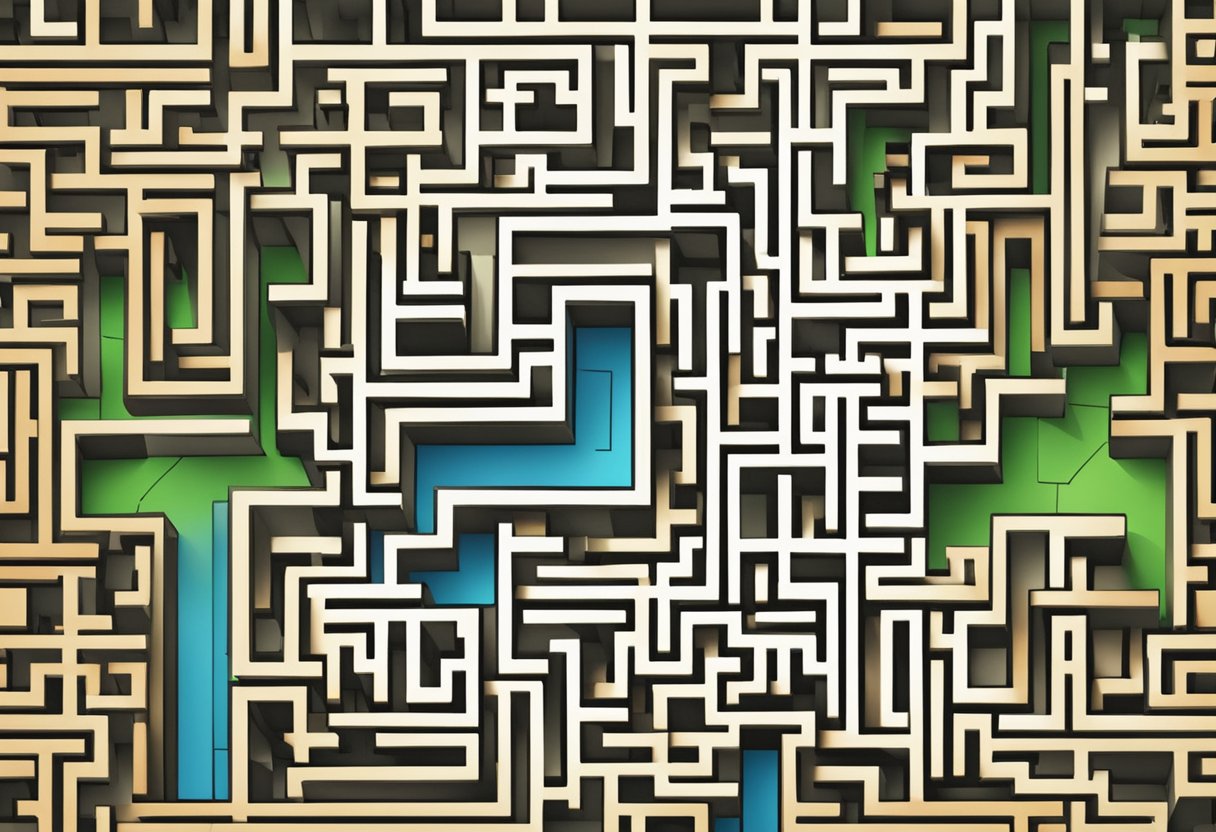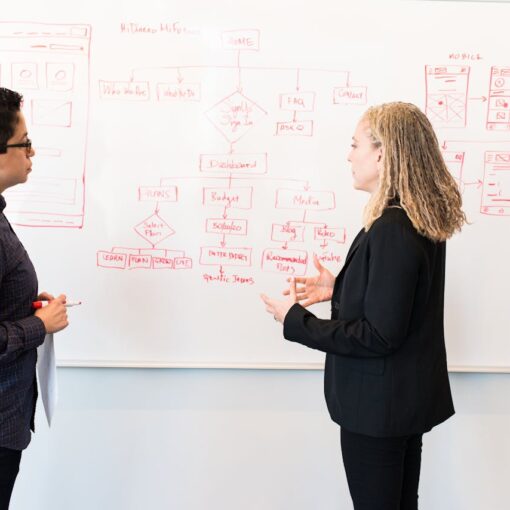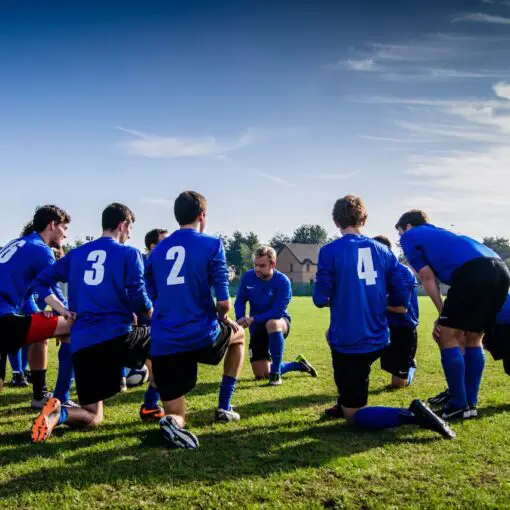Problem solving and critical thinking are often considered synonymous, but they are two separate skills with distinct strategies, purposes, and applications. Understanding the differences between these two concepts is crucial for effectively overcoming challenges and making better decisions in both personal and professional environments.

Critical thinking refers to the process of objectively analyzing and evaluating information, arguments, beliefs, and opinions to form judgments, while problem solving is a solution-oriented process that requires identifying, analyzing, and implementing appropriate strategies to address issues and achieve desired outcomes. Although there is some overlap between these two skills, critical thinking is broader and essential for identifying the root causes of problems, whereas problem solving is more focused on finding solutions to the specific problems identified.
Key Takeaways
- Critical thinking and problem solving are distinct skills with different purposes and strategies.
- Critical thinking is an objective analysis and evaluation process, while problem solving focuses on finding solutions.
- Both skills are essential for overcoming challenges and making better decisions in personal and professional situations.
Understanding Critical Thinking

Characteristics of Critical Thinking
Critical thinking is a vital skill that involves the process of carefully and systematically analyzing, evaluating, and reflecting on information to make informed decisions, reasoned judgments, or solve problems. Key characteristics of critical thinking include logic, analysis, evaluation, synthesis, and assessment of evidence and arguments. To be an effective critical thinker, one should be open-minded, questioning, and willing to consider alternative viewpoints, drawing conclusions based on reason and evidence.
Techniques in Critical Thinking
Various techniques can be applied to enhance critical thinking skills, such as:
- Socratic questioning: Delving deeper into a topic by asking open-ended and probing questions.
- Argument analysis: Breaking down arguments into their core components to assess their logic and validity.
- Reflection: Taking time to consider and analyze your own thought processes, beliefs, and assumptions.
- Inference: Drawing conclusions based on the available evidence while avoiding biases and assumptions.
- Evaluation: Assessing the quality and relevance of evidence, arguments, and sources of information.
These techniques, along with a commitment to continuous improvement and feedback, can help individuals develop strong critical thinking skills.
The Process of Critical Thinking
The process of critical thinking typically involves a series of steps:
- Defining the problem or issue: Clearly identifying the problem or question to be addressed.
- Gathering information: Obtaining relevant data, evidence, and sources to support analysis and decision-making.
- Evaluating the information: Assessing the credibility, quality, and relevance of the collected information.
- Analyzing the information: Breaking down complex issues into smaller components and understanding their relationships.
- Synthesizing the information: Combining the analyzed components to form a coherent understanding or solution.
- Generating possible solutions: Brainstorming and considering multiple alternative solutions or viewpoints.
- Assessing potential solutions: Evaluating the pros and cons of each possible solution, weighing the evidence, and considering the implications.
- Making a decision or drawing a conclusion: Based on the reasoned analysis, selecting the most appropriate solution, or forming a well-supported conclusion.
By engaging in this process, individuals can develop a deep understanding of the issue at hand and arrive at informed decisions or judgments. Teaching critical thinking should involve guiding learners through these steps and encouraging them to think clearly and effectively.
Understanding Problem Solving
Stages of Problem Solving
Problem solving is an essential skill that helps individuals tackle complex challenges in various aspects of life. It is an iterative process that typically consists of several stages. First, it involves identifying the problem and understanding its constraints. Next, one must gather necessary information and explore possible solutions. Finally, a person must evaluate the effectiveness of the potential solutions, select the best one, and implement it.
Developing strong problem-solving skills entails constant learning, asking questions, and seeking ways to expand one’s knowledge. By consistently practicing these skills, individuals become better equipped to handle tasks, challenges, and decisions creatively.
Techniques in Problem Solving
Various techniques aid in effective problem-solving, and these methods can be tailored according to the specific challenge faced. Some strategies include:
- Brainstorming: Generating a wide range of ideas without being critical of them in the initial stage.
- Decision making: Choosing the best solution after considering the pros and cons of multiple options.
- Creativity: Thinking outside the box and exploring unconventional approaches to resolving issues.
By understanding and applying these techniques, individuals can continually refine their problem-solving abilities and make informed choices. Furthermore, these skills contribute significantly to the identification of trends and important aspects of the challenge at hand.
The Process of Problem Solving
The process of problem solving starts by recognizing a challenge and defining it clearly. Once the issue is identified, individuals can create a plan of action by breaking down the problem into smaller, more manageable parts. This step helps in gathering relevant information and determining the necessary resources.
During the process, it’s crucial to remain open-minded and unbiased to ensure the effectiveness of the solution. This involves asking open-ended questions and leveraging the habits of mind, such as curiosity, persistence, and flexibility. Additionally, seeking feedback from others and being willing to revise the plan contributes to a more comprehensive approach to problem-solving.
The application of problem-solving skills is evident in many sectors, including the development of innovative products and solutions. By cultivating these abilities, individuals become more adept at adapting to various challenges and ultimately find success in their respective fields.
Comparing Critical Thinking and Problem Solving
Similarities between Critical Thinking and Problem Solving
Both critical thinking and problem solving involve using a range of cognitive abilities to approach and address challenges. They are essential skills for navigating a world filled with complex tasks, arguments, and conflicts. These processes both require analysis, evaluation, reflection, and the application of experience.
Working through obstacles, individuals utilizing critical thinking and problem-solving skills often gather and interpret data, weigh evidence, and assess the potential consequences of various actions. This enables them to make well-informed decisions, beneficial to themselves and others.
Differences between Critical Thinking and Problem Solving
While there are similarities, critical thinking and problem-solving differ in key aspects. Critical thinking is a broader, intentional mode of thinking that involves reflection, evaluation, interpretation, and inference. It examines assumptions, biases, and potential alternative explanations, fostering the ability to tolerate ambiguity. At its core, critical thinking is about questioning and examining various perspectives as a way to recognize and challenge underlying assumptions.
Conversely, problem solving is more focused and solution-oriented. It requires a targeted analysis of a specific situation, considering relevant factors to devise a plan of action to overcome obstacles. Problem-solving skills come into play when individuals must navigate concrete challenges, often using practical, efficient strategies to develop realistic solutions.
In summary, while critical thinking encompasses a wider scope and focuses on questioning underlying assumptions, problem solving is more targeted and concentrates on finding solutions to specific situations. Both skills, however, are integral to navigating the complexities of life and work.
Critical Thinking, Problem Solving, and Career Relevance
Critical thinking and problem solving are two essential skills that individuals need to excel in their careers. Although these skills may seem similar, there are distinct differences between them. Developing both expertise in critical thinking and problem-solving competencies is vital for taking initiative and making well-informed decisions in various professional settings.
Critical thinking refers to the ability to analyze information, consider multiple perspectives, and evaluate the validity of an argument or idea. This skill helps individuals examine issues thoroughly, assess the credibility of sources, and arrive at well-reasoned conclusions. In contrast, problem solving is a more focused process that involves identifying obstacles and strategically mapping out solutions to address a specific issue at hand.
In the workplace, these skills are indispensable for anyone seeking to perform their duties efficiently and effectively. Critical thinking and problem solving are essential for professionals to adapt to changes, resolve conflicts, and make sound decisions. Moreover, having a strong grasp of both skills can lead to a successful career that involves analyzing complex situations and developing strategies to tackle challenges.
Some of the key career areas that demand high levels of critical thinking and problem-solving skills include management, engineering, finance, programming, and research. When individuals can think critically and solve problems, they demonstrate an ability to take control of their work and utilize their expertise to achieve better outcomes.
Professionals who excel in these competencies often display a higher level of initiative in their career. They can swiftly identify issues, analyze different options, and devise strategies to overcome challenges. This kind of proactive approach can lead to career growth and make their job role more satisfying.
In summary, critical thinking and problem solving are two distinct skills that are crucial for professional success. Developing these competencies can help individuals excel in various careers, demonstrate initiative, and achieve growth within their field.





